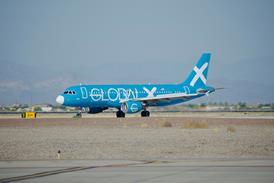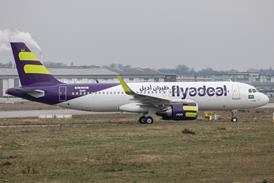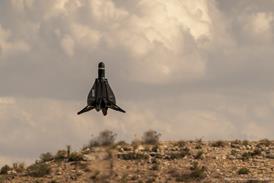Graham Warwick/WASHINGTON DC
Initial sea trials of the Joint Precision Approach and Landing System (JPALS) have been set for November on the USS Enterprise, using a US Navy Boeing F/A-18A Hornet.
Land-based flight trials have been completed at NAS Patuxent River, culminating in the first automatic landings using the global positioning system (GPS)-based JPALS. These tests demonstrated accuracy well within the below-1m (3.2ft) requirement for shipboard auto-land, says Capt Jim Campbell, air traffic control and landing systems programme manager at Naval Air Systems Command.
Development of the joint service landing system is being led by the USAir Force, which is responsible for the fixed base, tactical and special mission variants. The USN is working on the unique shipboard version of the system. Raytheon is prime contractor for all variants of JPALS.
While land based versions are equivalent to the civil Local Area Augmentation System (LAAS), using a one-way VHF datalink to send differential-GPS error corrections to approaching aircraft, the shipboard JPALS differs in operation because both ship and aircraft are moving, says Campbell.
The shipboard version uses a two-way UHF datalink. The ship measures its GPS position, adds its roll, pitch, yaw and forward motion and transmits this to the aircraft, which transmits its GPS position back to the ship.
Whereas LAAS compares its measured GPS position with its surveyed location, the shipboard JPALS compares the two signals, says Campbell. "We don't care about the actual position error, we only care that the ship and aircraft are off by the same amount." Auto land on a carrier demands a vertical accuracy of 0.3m, substantially higher than required for an equivalent Category III LAAS. "We are achieving that," he says.
In mid-2001 the USN plans to flight test a system with increased integrity and jam-resistance, using a Sikorsky SH-60. The JPALS will begin replacing the USN's present radar based shipboard precision approach system in 2005-6, "depending on budgets", says Campbell .
The system will also be used for air traffic control, the two-way datalink allowing the ship to track and vector aircraft using GPS, and to replace the ship's navigation beacon.
Source: Flight International























